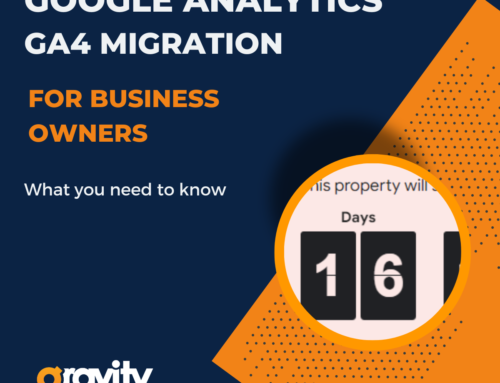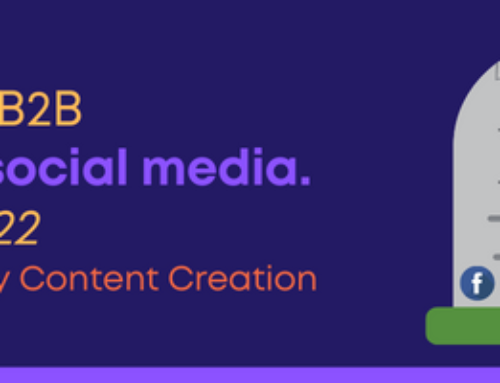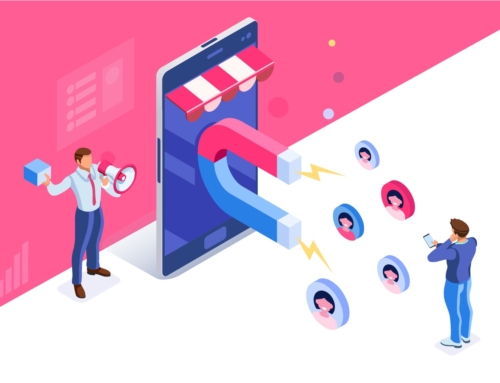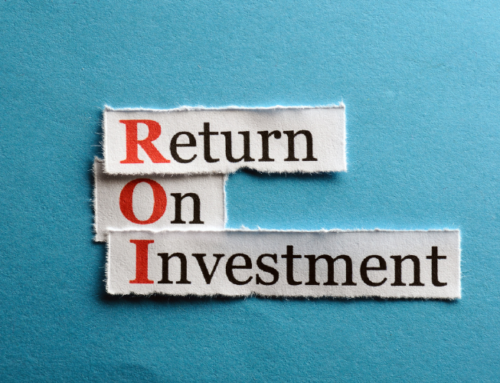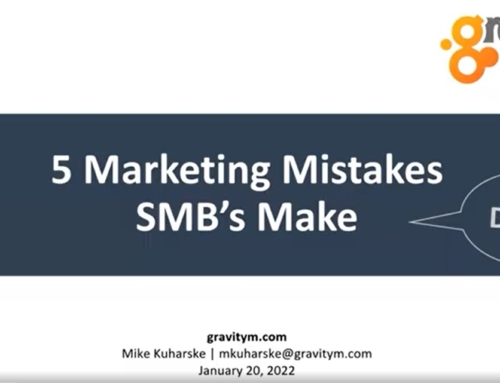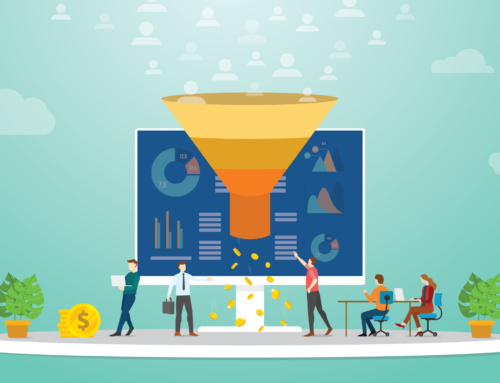You may have your audience personas down. Your benefits-driven messaging airtight. Your content engine up and consistently running. But what stages of the buying process is your website catering to?
A website has three distinct users. Each comes through different channels, seeking different answers, serving different purposes. In order to achieve consistent lead conversions, they require content unique to their needs as well as specific calls to action.
Check out the descriptions of each audience below and consider how effectively you are reaching each one. You can determine this by reviewing the amount of content you have on your site that would appeal to each audience. Or, by the number of inquiries you regularly receive through your site from each audience.

AUDIENCE 1: RESEARCHING
Stages of the Buying Process: Establish Contact, Create Awareness
How they found your site: Organic search results, social media, Facebook or LinkedIn Ad
The Researching audience segment is at the beginning stages of knowing they have a problem. Some can be blissfully oblivious to a potential problem your company solves until a social media post or ad pops up in their newsfeed. Others know they have a problem and are taking to search engines to look up advice, best practices, how-to videos, and maybe even ways to solve it on their own.
Ideal content for the Researching audience has to do with your company’s inherent value. Give away bits and pieces of your expertise for free – in blog posts, downloadable resources, or videos – so that you can provide the answers the Researching audience is looking for now. Then, when they are ready to make a purchase decision, your company is top of mind, trusted, and has potentially created preference.
AUDIENCE 2: CONSIDERING
Stages of the Buying Process: Arouse Interest, Create Preference
How they found your site: Organic search results, email marketing, social media, Google Ad
The Considering audience segment is in the second stage of the buying process where they are headed toward a purchase decision. Some might be comparing your products, services, and company mission to competitors. Others may have been directed to the site by colleagues doing due diligence.
Transparent company information is critical here, and can be a strong competitive advantage, depending on the industry. Customer testimonials, pricing structures, case studies, company mission, product pages, white papers, industry applications, and experience all help give a clear picture of what it would be like to work with you. Gating content behind forms where visitors are required to provide contact information is always recommended as a lead generation tactic, and makes your time and effort creating these resources worthwhile.
AUDIENCE 3: EXISTING
Stages of the Buying Process: Keep Customers Sold
How they found your site: Email marketing, social media, sales outreach
The Existing audience is made up of your current customers. Some are looking for contact information or a customer portal. Others may be looking for product information or FAQs.
Existing customers can often be overlooked when it comes to website content because you may be communicating regularly with them through customer service and account service. But the more existing customers are driven to your site – to read a blog post or case study you linked to in an email, or read about your company’s recent news coverage – the more exposure they have to new products and services they may not be aware of.
Once an existing customer becomes interested in buying more from you, they will start a new buyer’s journey. And all of the content you created for the Researching and Considering audiences will help them along the way.
Potential customers at every stage of the buying process need to experience a connection between what they are looking for and how you can help almost immediately after landing on your site. If it is buried, unavailable, or confusing, they may leave before you have a chance to make a good impression. If you want to increase your search engine ranking, increase website traffic, and improve website conversion rates, start here.

